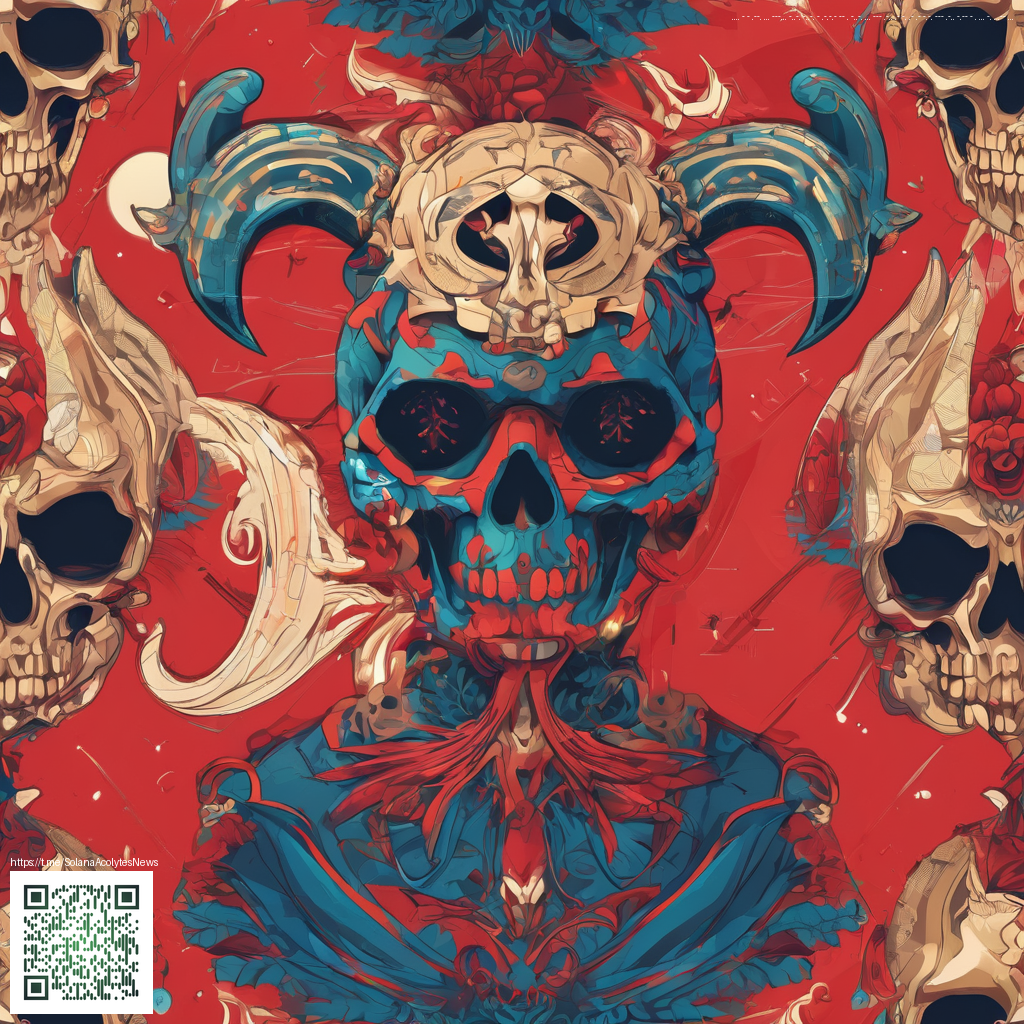
Using the Light Gray Banner for Pixel Art in Minecraft
Banners are a surprisingly versatile tool for creators in Minecraft. When you want crisp lines and a neutral base for shading, a light gray wall banner makes a strong canvas. This block pairs well with bold color blocks and subtle tones alike, helping you craft clean silhouettes and smooth gradients in your pixel art. The wall oriented version of the banner is especially handy for wall murals, hallways, and dioramas where your art needs to face the viewer from a fixed angle.
Block snapshot and practical details
Light gray wall banner is a compact canvas with several practical traits that matter in pixel art builds. Here is a quick snapshot of what to know when you reach for this block in your world:
- Block name: light_gray_wall_banner, a light gray banner variant designed for wall mounting
- Block hardness and resistance both sit at 1.0, so it is breakable with standard tools
- Stack size up to 16 banners in a single stack
- Mineable with an axe in theory, making it easy to swap out during building sessions
- Transparent so it does not visually block light patterns beyond its own texture
- Does not emit light, so it blends with ambient lighting without adding glare
- State control is primarily about orientation, with facing options north south west east
- Minimum and maximum state identifiers give a range for internal encoding
- Drops the banner item when broken, allowing reuse or replacement elsewhere
Pixel art workflow with banners
Turning a light gray banner into a pixel art asset is a matter of planning, placement, and color logic. Start by sketching a simple grid based on a 1 to 1 block ratio. Each block in your grid represents a single pixel of the final image. Treat light gray as your base or background color and layer other dyes to build shading and contrast. Because wall banners attach to surfaces, think in terms of silhouettes and edges rather than floating color blocks. A crisp outline often helps define shape against a busy background.
Tip for shading is to use a small palette that mirrors your artwork color blocks. Light gray serves as a gentle foundation, letting white highlights and darker tones pop without overpowering the scene. If you want a soft gradient, place banners of slightly different grays in adjacent blocks to emulate a smooth transition. The result can feel surprisingly three dimensional even with a grid based medium.
Practical building tips and tricks
Here are some techniques that seasoned builders rely on when crafting pixel art with banners on walls:
- Plan in a grid first, then map colors to banner blocks rather than painting directly in game. This reduces trial and error when you place the banners
- Use contrasting edge lines to define important shapes. A dark line around a light gray base can dramatically improve readability
- Experiment with placement by building your art on a flat surface first. Once you are satisfied, replicate the design on a wall by copying coordinates
- Group banners in small clusters to create mid tones. Since banners are single blocks, stacking related colors in adjacent blocks helps simulate shading
- Combine into large murals by stitching multiple wall sections. Align facing directions to keep patterns consistent across the whole piece
Technical tricks and fun hacks
Pixel art with banners can benefit from a few clever adjustments. If you are working on a large project, consider creating a modular section that can be copied and pasted across walls with identical orientation. In addition, you can mix wall banners with other block types to add texture while preserving the clean lines of banner art. For instance, place banners for the core artwork and use solid blocks around them to form frames or borders. Community builders often share layouts and cheat sheets that map banner patterns to common pixel shapes. These resources can save hours while keeping your art cohesive across a large build.
Community and creative culture
The banner toolset has long been a favorite for map makers and server builders who crave retro aesthetics and bold color work. The light gray banner acts as a calm middle ground that integrates with a wide color spectrum. Many builders exchange screenshots, layout notes, and step by step guides on how to optimize shading with banners. If you are curious about expanding beyond simple colors, consider exploring data packs and resource packs that extend banner pattern options. These community efforts keep the craft fresh and accessible even as new blocks arrive in updates.
Block behavior and update context
From a gameplay standpoint, wall banners are straightforward to use. They attach to vertical surfaces and align with the wall orientation when placed. The behavior has remained consistent through recent updates, which helps builders plan long term projects without worrying about sudden changes in how banners display. While they do not light up space, they contribute to the aesthetic by offering crisp, clean surfaces perfect for pixel art themes alongside other decorative blocks.
Whether you are designing a homage to a beloved game or crafting a city mural with banners as the color blocks, the light gray variant provides a stable base. Its neutral tone lets you focus on form and shading rather than chasing color density. The result can be striking in a long corridor, on a grand wall, or as part of a museum style exhibit in your Minecraft world 🧱💎🌲
Support Our Minecraft ProjectsMore from our network
- Magic the gathering centaur veteran color balance metrics in un sets
- Hot blue star at 30 kpc sheds light on cluster membership
- Drednaw g max version exclusives and trading tips
- Celestial temperature shapes the blue spectrum of a distant scorpius giant
- Drunk css demystified practical tips for playful web design